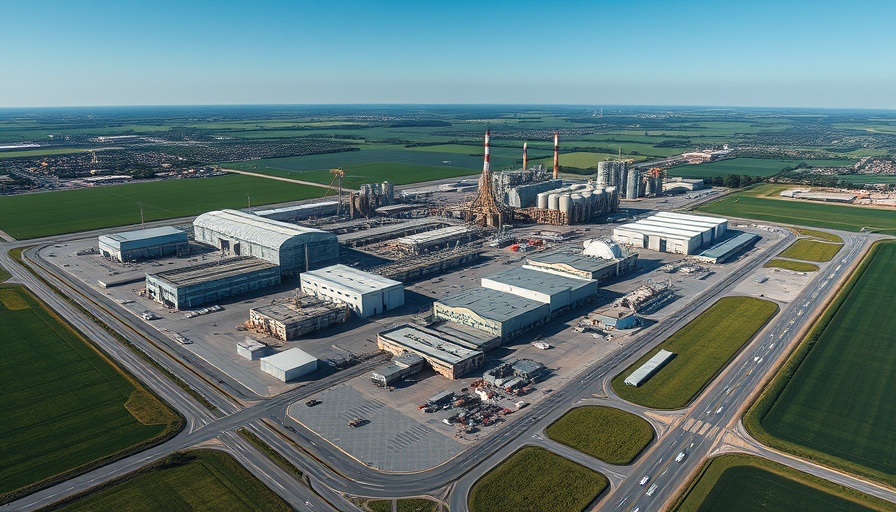
Mastering Bid Tracking: An Essential Skill for Success
In today's competitive commercial construction landscape, tracking bid success and understanding win rates are not just essential; they're vital for driving business growth and enhancing profitability. For business owners, property developers, and facility managers in the construction sector, honing these skills can be the difference between winning lucrative contracts or missing out.
Understanding Bid Success Metrics
Effective tracking of bid success hinges on clear metrics. Win rate is the percentage of successful bids compared to the total number of bids submitted. Tracking win rates helps businesses identify their performance over time, allowing for targeted improvements. Understanding additional metrics, such as bid-to-award ratios and the costs associated with bidding, can further enhance the analysis.
Tools to Enhance Bid Tracking Efforts
Utilizing technology can simplify bid tracking processes significantly. Many construction firms now leverage construction management software that includes bid tracking functionalities. These platforms can automatically calculate win rates, track all submitted bids, and even provide analytics on prevailing market rates. Implementing such software can streamline communication among stakeholders, ensuring everyone is on the same page.
Actionable Insights for Improving Win Rates
To improve your win rates, consider the following strategies:
- Refine Your Bid Proposal: Customizing each proposal to meet the specific needs of potential clients can significantly enhance your chances of success. Include unique selling points and case studies that resonate with the client's needs.
- Follow Up: Establishing communication with clients after submitting a bid can be crucial. This follow-up allows you to address any potential concerns they may have, enhancing your rapport and positioning your firm as attentive and committed.
- Analyze Past Bids: Conduct a thorough analysis of past bids—both successful and unsuccessful—to identify trends and common factors. Look for areas where adjustments could have been made to improve bids in the future.
Emotional Connections and Human Interest
Bid tracking isn’t just a numbers game; it’s about building relationships. When contractors engage with clients and stakeholders, they forge connections beyond contracts, fostering trust and collaboration in the industry. This emotional connection can significantly impact win rates, as clients are likely to favor firms they feel understand their needs.
Future Trends in Bid Management
As the construction industry continues to evolve, so too will bid management practices. Trends such as increased automation and data analytics will continue to transform how firms track bids. The rise of sustainable and green construction practices will also influence bidding strategies, with clients increasingly prioritizing firms that align with eco-friendly initiatives. By staying abreast of these trends, companies can adapt their strategies to maintain a competitive edge.
Conclusion: Enhance Your Bidding Success
In conclusion, tracking bid success and improving win rates are critical components for thriving in the competitive construction world. By implementing practical strategies and leveraging technology, business owners and developers can enhance their chances of winning contracts. Invest in tools and training to ensure your firm is well-equipped to navigate this complex landscape.
These insights into bid tracking and improvement strategies can empower you to elevate your bidding process. For more detailed resources and best practices, we encourage you to explore industry-leading content that delves deeper into these transformative strategies.
 Add Row
Add Row  Add
Add 




Write A Comment